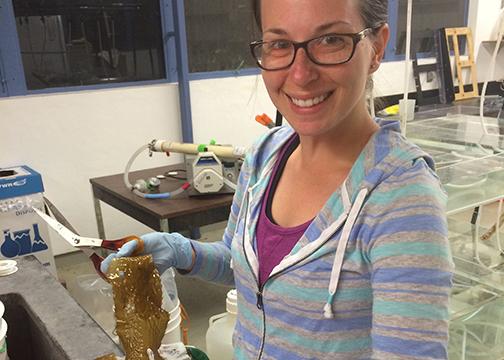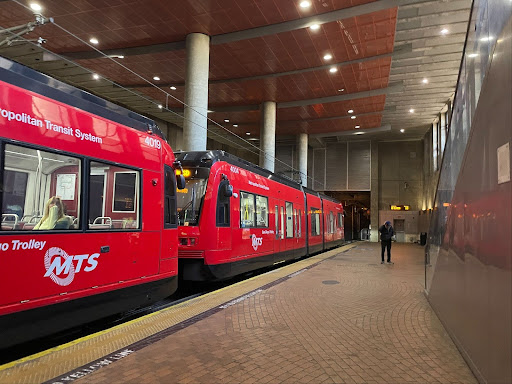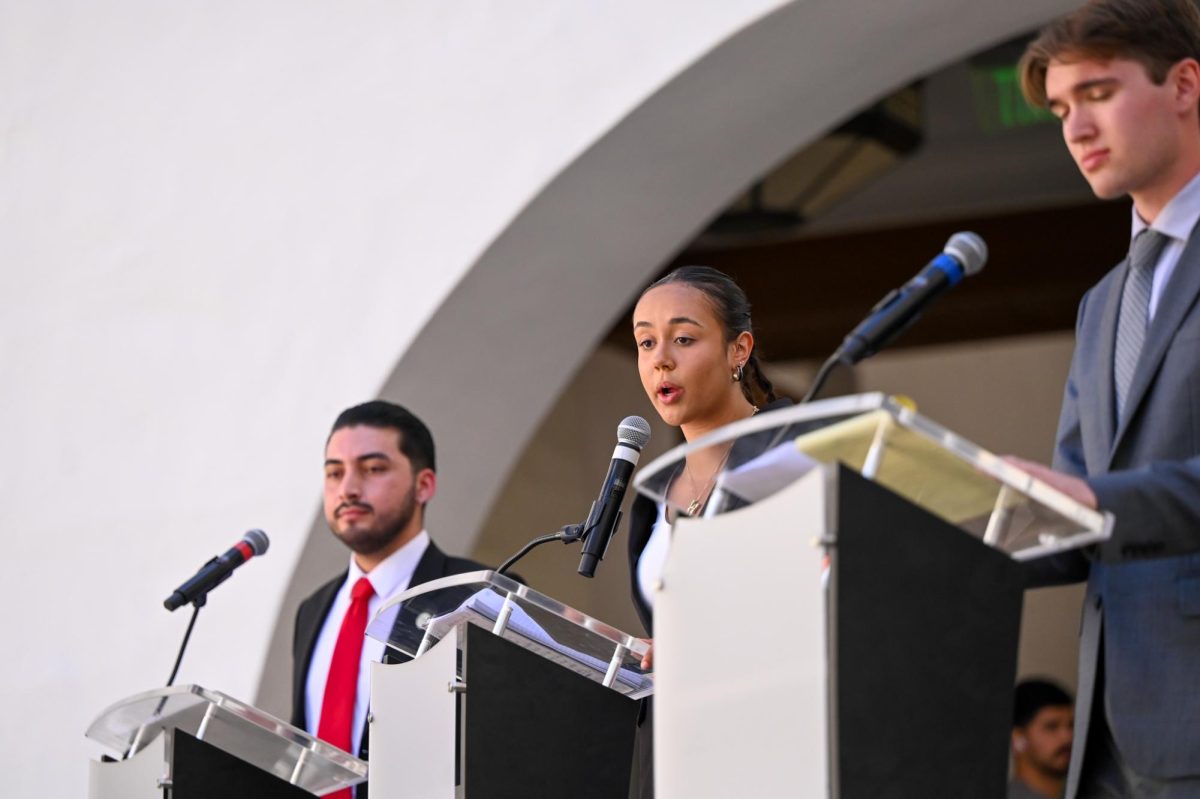A San Diego State course teaches undergraduate students a skill set that has furthered an ongoing research project analyzing bacteria’s impact on kelp forests.
Students of Biology 562: Ecological Metagenomics, taught by associate professor Elizabeth Dinsdale, study the relationship between viruses, bacteria and the surrounding environments through hands-on approaches.
Each month, Dinsdale takes ecology graduate students on a small boat to collect water samples.
The goal of the research is to track the conditions of the kelp and the bacteria in its ecosystem.
“We can look at the microbes and identify what they’re doing,” Dinsdale said. “If we can make that direct link, we can then say, ‘Look this is happening, so that’s what the downstream effect might be on the kelp or the fish. So let’s change our policy now before we are all affected.’”
Megan Morris took a DNA sequencing course and now works with Dinsdale to specifically study how runoff from cities affects the ocean and hopes her findings will shape future environmental policies.
“Without that (ecological metagenomics) class, I probably wouldn’t be encouraged to keep studying at SDSU,” Morris said.
In order to analyze the prey-predator relationship between virus and bacteria, students need to identify each organism’s DNA content. Instead of giving the students pre-sequenced DNA, Dinsdale has the class use next-generation sequencing technology.
“We’re expecting a higher performance from the students than they realize,” Dinsdale said. “This is an expensive piece of equipment, these are expensive chemical reactions. So we tell them to read it carefully, take care, and do it properly. And they did.”
This work is normally reserved for highly-trained professionals in sterile conditions, she said. The data-sequencing machines sell for $500,000 and running one sequence can cost $10,000.
“Many people have these sequences, but they don’t let their students use it,” Dinsdale said. “A lot of schools actually take the DNA, but it’s not fun because you haven’t sequenced it yourself.”
However, these sequences are incomprehensible unless adequate computer science can analyze the DNA strands, which is why Dinsdale teamed up with associate professors of bioinformatics Robert Edwards.
“The machine generates the sequence, but it doesn’t generate the understanding,” Edwards said. “So what our lab does with all the things we develop is to try and provide the understanding to the DNA sequence.”
In August, Edwards helped create a tool to speed up this process.
The online tool, called CrAss, or cross-assembly of metagenomes, analyzes the environmental genetic samples to uncover the wealth of information contained within them. The data can then be used to compare with other samples.
With the help of Edwards’ tool, Dinsdale launched a long-term research project to monitor the kelp forest off of Point Loma’s coast.







